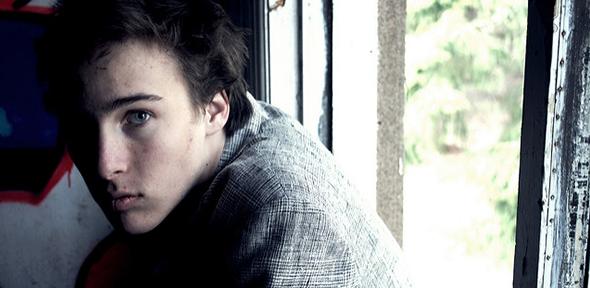
Around one in 20 teenagers suffers from depression. Episodes can last for several months. Unfortunately, about 50% of teenagers who have a depressive episode are at risk of falling ill again, increasing the likelihood of relationship difficulties, educational failure and poor employment prospects. It’s important that treatments have a lasting effect to reduce the risk of becoming ill a second time. 
My research investigates the causes of and treatments for adolescent mental illnesses, with a particular focus on depression. One of our key projects is evaluating the importance of various psychological treatments that are effective in helping young people with depression.
Only one treatment – cognitive behavioural therapy (CBT) – is approved by the UK’s National Institute for Health and Care Excellence (NICE) for treating depression in teenagers. Unfortunately, there is a shortage of CBT therapists in the UK. This means that many young people with depression are placed on a waiting list, increasing their risk of worsening mental health.
With a growing rate of self-harm among depressed teenagers and no signs of the suicide rate going down, we have arguably reached a tipping point in services where we need to improve availability of therapies using existing mental health staff. With limited resources available for youth mental health in most countries, we need new therapeutic approaches that could be taught more easily than CBT but carry at least the same effectiveness for the depressed teenager.
Our “Improving mood with psychoanalytic and cognitive therapies” (IMPACT) study published in The Lancet Psychiatry considered three treatments: cognitive behavioural therapy (CBT), short-term psychoanalytic psychotherapy (STPP) and brief psycho-social intervention (BPI).
CBT in this trial was a 20-session treatment focused on correcting negative thinking about the self, the world and the future, together with efforts to alleviate low mood arising from negative thoughts. STPP is a 28-session psychoanalytic treatment that aims to improve the ability to regulate mood and make and maintain positive relationships. BPI, in contrast, is a 12-session intervention that aims to provide information and explanations about depression, advising on immediate problems including keeping safe at this time of vulnerability, together with caring and support in making decisions about family school and friends.
There is good evidence that CBT works in adolescents. There is evidence that STPP is as good as CBT in adults, but, at the start of the trial we did not know if it worked for adolescents. We used BPI as a reference treatment, likely to be less effective than CBT or STPP because it uses fewer sessions and there is no evidence for or against its effectiveness.
We carried out a randomised controlled trial of 465 teenagers, referred to 15 NHS clinics across England. Each participant had a diagnosis of depression. We wanted to know if STPP is as effective as CBT. We also expected that both of these more intensive and specialist therapies would be more effective than BPI.
Our main goal was to find out which of these therapies showed the most enduring effects a year after the end of treatment. If we could show such a long-term effect we may have revealed a therapy that is not only a useful treatment but, importantly, also reduces the chances of a second episode occurring – something which is very common in teenage years.

More to choose from
We found that two-thirds of the depressed teenagers from each of the three treatments (CBT, STPP, BPI) showed improvements. Participants who responded continued to do so up to a year after their treatment ended.
Treatment effects (defined as a drop in depression symptoms of 50% or more, 12 months after the end of treatment) were obtained with between six to eleven sessions of therapy delivered over a three to six-month period for each category. These improvements were had using about half of the sessions planned for each treatment. We believe that many teenagers do not remain in longer-term treatments once they are confident they are functioning reasonably normally again or because they believe there is little likelihood therapy will do them any good.
We are currently analysing detailed information from the patients to understand their experience of treatment and confirm our speculations about the preference for shorter than planned therapy.
The total costs of treatment, including the subsequent use of health and social services after the end of treatment, were no different across the three therapies. The results are important as there is a limited choice of talking therapies. The fact that all three therapies are equally effective, and cost about the same to implement, means that we can now offer alternatives to depressed young people.
The next step is to see how we can target these treatments more precisely to patients’ needs as we suspect that there are important individual differences in determining which psychological treatment suits each type of depressed young person. We believe that each of these psychological treatments may have advantages for distinct groups of adolescent depression. Targeting the treatments in a more personalised manner may deliver more efficient and effective therapy and further reduce time to remission as well as lower the risk of further episodes.
Ian Michael Goodyer, , University of Cambridge
This article was originally published on The Conversation. Read the original article.
Prime Minister Theresa May recently announced measures to improve mental health support at every stage of a person’s life, with an emphasis on early intervention for children and young people. Writing in The Conversation, Professor Ian Goodyer from the Department of Psychiatry looks at the options for helping teenagers.

The text in this work is licensed under a Creative Commons Attribution 4.0 International License. For image use please see separate credits above.